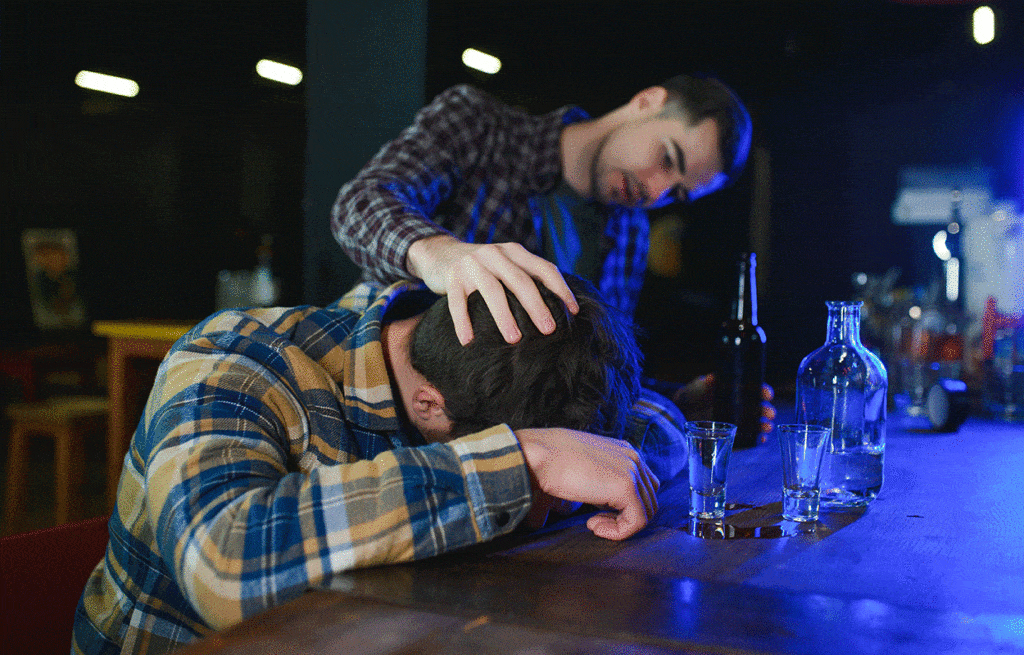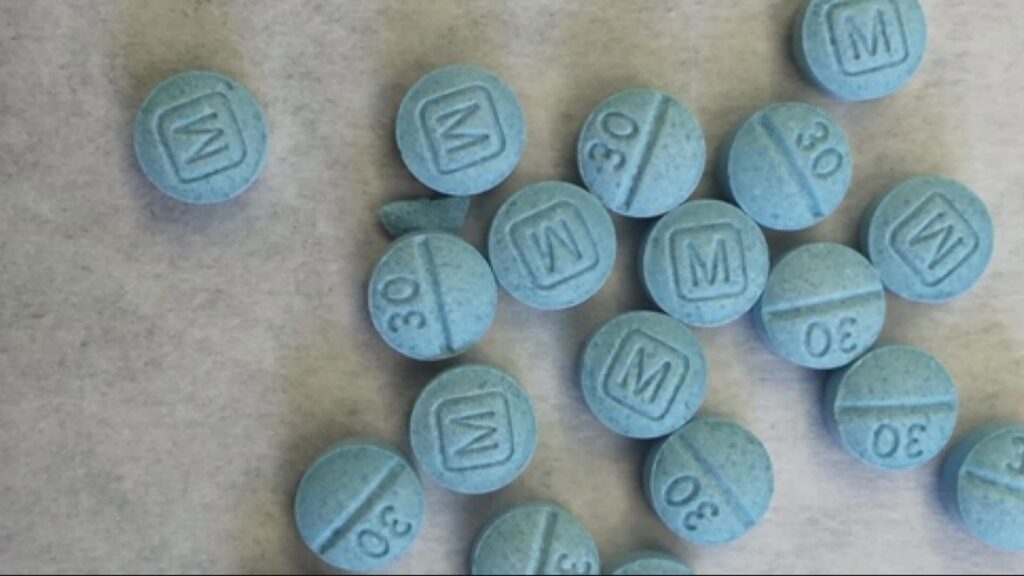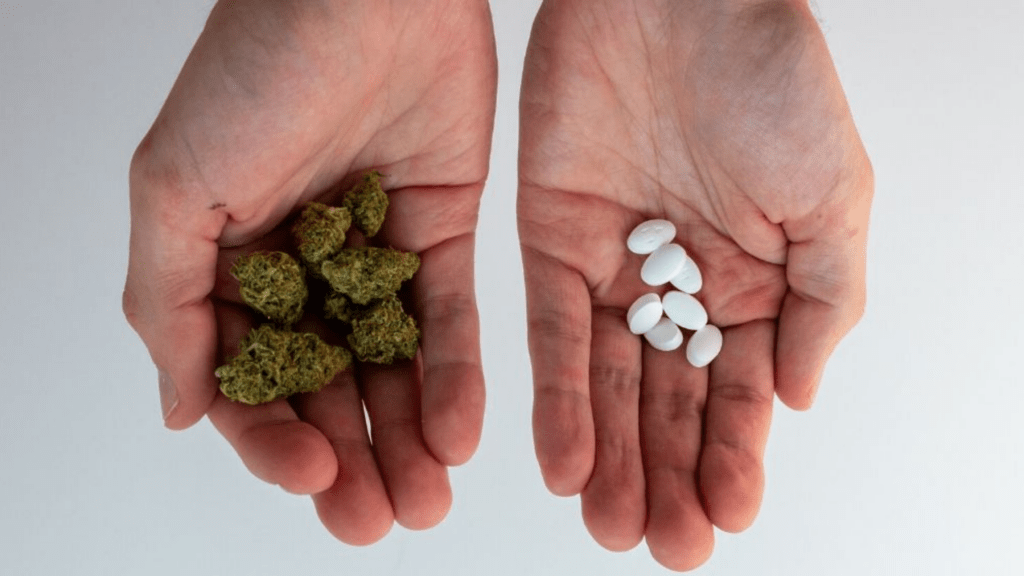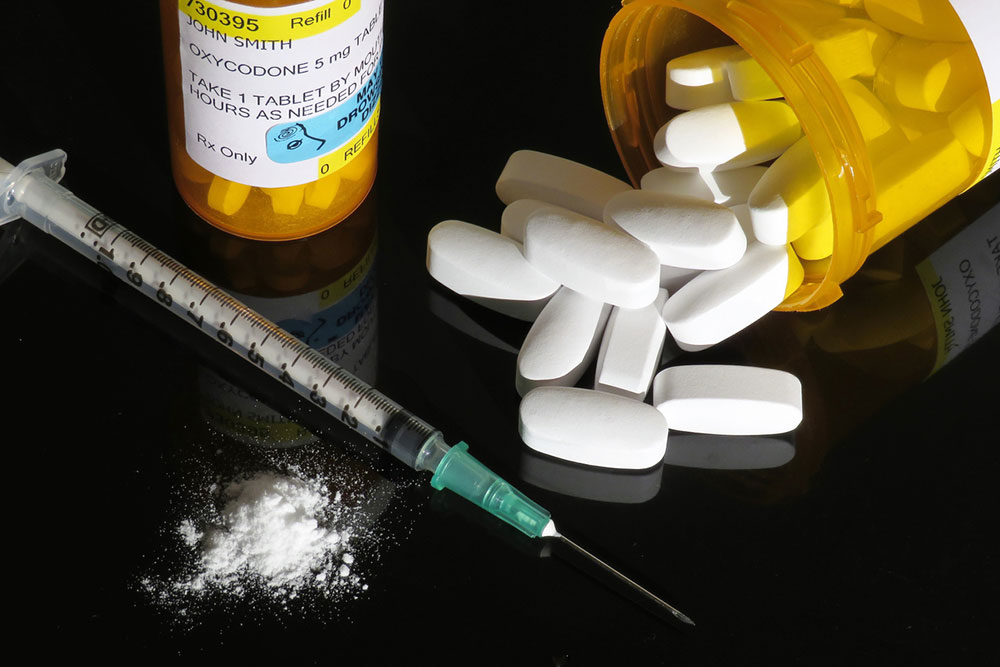Alcoholism in Men and Its Health Risks

If you’re like a lot of guys out there in their twenties and thirties, grabbing a few beers after work feels pretty normal, right? A few cocktails with the boys after a shift change. Friday beer buckets at the local place. It all feels normal. Social.
However, it can sometimes serve as a stress-relief valve. When that happens, over time, it can develop into a pattern of problematic behavior. This behavior can lead to diminished sleep quality, sudden mood changes, reduced work safety, and, of course, long-term health issues.
Public agencies like the CDC and the NIAAA keep track of how much alcohol consumption it takes before it starts to raise real risks for men. In this guide, we’re going to cut to the chase and show where casual becomes a concern, and help you find out if you or a coworker really needs professional help, or if you just need to tone it down a bit. Either way, there are peers and pros available to talk to when you’re ready.
Key Points
- Heavy drinking for men is defined as more than 14 standard drinks per week, or more than 4 drinks on any single day, and it often hides behind stress, social habits, and weekend binges.
- Heavy use raises risks for liver disease, heart issues, cancer, mood crashes, and erectile dysfunction.
- Alcohol drags down testosterone, sleep, and workout recovery faster than most men realize.
- Treatment works and help is available, accessible, and nearby.
What Does Alcoholism in Men Mean? Definitions You Can Use
Alcoholism in men isn’t just drinking a lot. It’s losing control over not only the amount of alcohol you drink, but also your alcohol use in general. Continuing alcohol misuse even when it’s causing issues at work, or when the effects of alcohol are impacting your private life, means you’re facing an increased risk of developing alcohol dependence, and ultimately, alcohol use disorder.
Binge drinking for men is defined as consuming 5 or more standard drinks within about 2 hours, not more than 5. For a lot of guys, this can mean just catching up to the boys when you’re late to watch the game. It also means more than fifteen drinks in a typical week, and that one makes you think.
Whether you measure it by the day or by the week, the effects of excessive drinking can be serious. Alcohol use disorder is the clinical term for symptoms that include things like cravings for alcoholic drinks, failed attempts to reduce drinking, withdrawal symptoms, and continuing excessive alcohol use despite health problems or reductions in well-being.[1]
Effects of Heavy Drinking for Men
Short-Term Effects That Hit Fast
Even a single night of heavy drinking for men can mess with judgment, reaction time, and coordination.
Blood alcohol levels that climb quickly raise the odds of fights, vehicle crashes, tool mishaps on the job, and risky sex. Binge drinking can often lead to blackouts, so you don’t remember what happened. Sleep quality tanks, which can significantly reduce next-day performance and mood.
Short-term alcohol effects can also include temporary erectile problems because blood flow and nerve signals get thrown off.
Long-Term Health Risks for Men Who Drink Too Much for Too Long
Heavy, repeated alcohol consumption stacks up damage that shows up way down the road. Big government agencies and clinical studies typically cite heavy-hitters like:[2]
- Fatty liver disease, hepatitis, and cirrhosis. The liver takes on most of the damage from drinking, and eventually gets overwhelmed.
- Regular heavy drinking puts incredible strain on the cardiovascular system, causing cardiovascular disease and boosting the risk of stroke.
- Frequent alcohol use eventually wears down the immune system, causing systemic health effects anytime you get a mild cold bug.
- Chronic heavy drinking increases cancer risk not only in the liver and esophagus, but also in the breast, mouth, throat, larynx, colon, and rectum. Risk goes up with consumption, so higher rates of drinking lead to a higher risk of cancer.
- Weight and metabolic issues are common in long-time drinkers because the alcohol has been damaging the blood sugar system for years with empty calories.
Alcohol, Mood, and Mental Health
Having a couple of whiskeys after a day at the office might feel like it’s relaxing you, but that’s not the whole picture. Repeated drinking changes brain chemistry in ways that may end up driving more profound feelings of depression and anxiety. You might feel like you’re sleeping harder, but you’ll wake up more throughout the night. That poor sleep will drag down performance at work or school and can exacerbate existing mental health challenges.
Alcohol, Testosterone, and Your Health In The Bedroom
Alcohol messes with men’s hormones more than most guys realize. Regular heavy drinking can drop testosterone levels, which drags down energy, muscle repair, mood, and libido.
In the short term, alcohol slows nerve signals and blood flow, so erections are harder to get and harder to keep. Over time, it can contribute to erectile dysfunction, fertility changes, and lower sperm quality.
The amount of alcohol matters, too. Even a few extra drinks can spike blood alcohol levels high enough to blunt performance that night. If you’re using alcohol to loosen up sexually, you might be trading confidence for long-term sexual health.
How Much Are You Drinking?

The biggest problem with trying to ballpark your drinking is that most of us greatly underestimate the amount we drink. Tracking your drinking is the only way to see the real alcohol intake over a set period. Most health organizations, such as the Centers for Disease Control and Prevention, use a “standard drink” calculation, which means all of the following are roughly equal:[3]
- 12oz regular beer (about 5% alcohol)
- 5oz glass of wine (12% alcohol)
- 1 ½oz shot of 80 proof liquor
Craft beers, tall cans, doubles, and so on, are all missing from this list and need to be counted as multiple “standard drinks”.
Self Check: Are You at Risk?
Answer these quick questions. If you find yourself saying yes to two or more, it’s probably time to look closer at alcoholism in men and men’s health alcohol risks.
- Do you ever plan to have two drinks and end up having more?
- Have friends, a loved one, or coworkers commented on your drinking alcohol?
- Have you missed work, been late, or worked hungover?
- Do you drink to sleep and still wake up tired or anxious?
- Any health issues like high blood pressure, liver numbers, or ED that might be alcohol-related?
Cutting Back vs Getting Help
If you haven’t really crossed over into problem drinking territory yet, there’s still time to pull back on the reins. If you want to test whether drinking is still under your control, always start small and always be honest with yourself.
First, set a weekly drink cap that’s below the heavy drinking mark of 15 drinks for men. Track every drink with your phone. Schedule at least two completely alcohol-free days in a row during this week.
Alternate water or zero-alcohol drinks, and always eat before you drink alcoholic drinks of any type. Switch to lower-proof liquors and stick to standard pours.
Finally, and this is one of the most important parts of this test: tell a friend you trust to hold you accountable. It may be scary even opening up to someone enough to tell them you think you might have a drinking problem, but it’s critical. If you don’t have a problem, great, keep it that way. If you do, get help. It’s available, and there’s no good reason not to.
Treatment Options for Alcoholism in Men
When you try to cut back and can’t, there are structured programs that can help tailored to your exact needs. To get started, simply reach out and ask for help. Resources are available, and they are both closer and easier to use than you might think.




